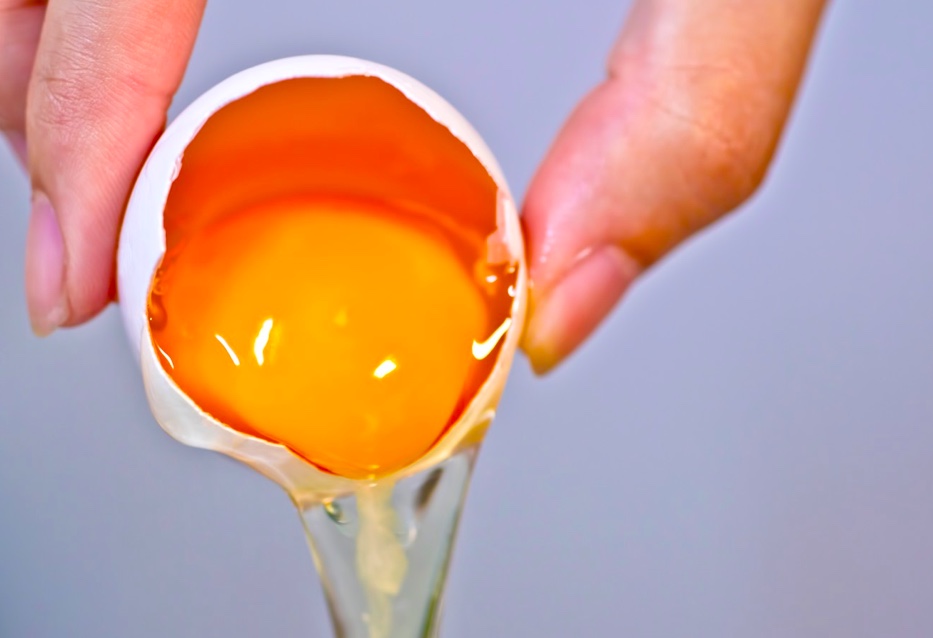Because raw eggs are delicious.
In Japan, eating raw eggs is common, and one of the most popular simple raw egg dishes is egg rice. Did you know that it is not customary to eat eggs raw in other countries?
Raw eggs are commonly eaten in Japan
In Japan, there are many dishes that use raw eggs, such as sukiyaki and tsukimi udon, in addition to egg over rice. Some dishes in Korea and Europe also use raw eggs, but these are only a small portion of the world’s cuisines.
Many people do not like the texture of raw eggs if they do not have the custom of eating egg whites together, including in regions where it is customary to eat only egg yolks.
In addition, the perception of safety and hygiene with regard to raw eggs differs from that in Japan.
Danger from Salmonella
Salmonella bacteria can adhere to eggshells from fecal matter from hens, which can then enter the eggshells. Also, if the hen is infected with Salmonella, it may be taken in with the eggs when they are formed.
If the eggs are eaten raw, there is a risk of food poisoning from Salmonella. In order to prevent food poisoning by Salmonella, it is recognized that when eggs are used for cooking in other countries, they should be cooked thoroughly.
Why are Japanese eggs eaten raw?
In Japan, the henhouse environment is maintained to prevent salmonella infection, and the eggshells are cleaned and sterilized during distribution. Since eggs are intended to be eaten raw, sanitary control is thoroughly implemented from the production stage, and the best-before date is often set at two weeks, assuming that eggs are to be eaten raw. In many foreign countries, eggs are supposed to be heated and have a longer shelf life of one or two months.
Shelf life
According to the 1999 revision of the Food Sanitation Law Enforcement Regulations, the best-before date for eggs in the shell, which are supposed to be kept refrigerated (below 10°C) at home, should be indicated as the date when no problem will occur even if salmonella bacteria are present in the eggs and they are eaten raw.
This is calculated using a formula that relates the number of days and storage temperature to the period during which the yolk membrane breaks down due to loss of freshness and the iron-containing yolk components migrate into the egg white and the bacteria begin to grow because the iron necessary for Salmonella growth exists only in the yolk and not in the egg white.
For example, in the winter season from December to March, it is considered to be within 57 days after egg-laying.
In practice, however, the best-before date is often set at about two weeks after packing, which is the best-before date throughout the year.




Comments